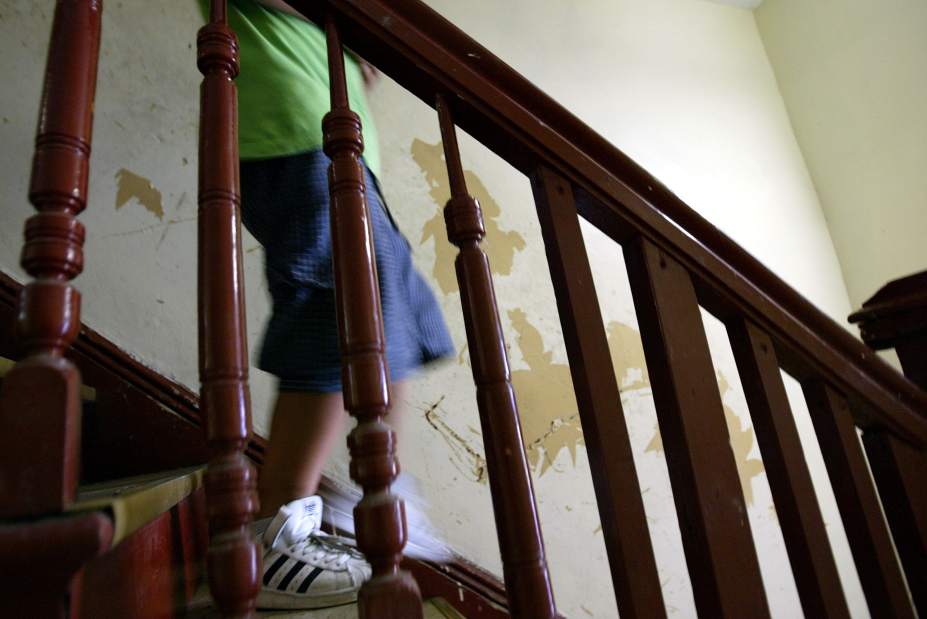PA 6th in number of lead-poisoned children
The rate of Pennsylvania children with elevated levels of lead in their blood is among the nation's highest, but the state's pediatricians are doing a “good job” of identifying and reporting cases to the federal government, new research shows.
Pennsylvania reported that 51,600 children ages 1 to 5 had blood lead levels of 10 micrograms per deciliter or higher in 2010, according to a Public Health Institute study published Thursday in the journal Pediatrics. That's 3.7 cases per 1,000 children.
Washington, D.C., had the highest rate, with 6.8 cases per 1,000 children. Ohio had 3.9 cases per 1,000 and Michigan, New York and Mississippi had 3.8 per 1,000.
According to 2010 data used in the study , areas in Allegheny County where lead-poisoning was most prevalent included Monroeville, Wilkinsburg, Plum and Pittsburgh's East End, South Side, Mt. Washington, Beechview, Brookline, West End, Crafton Heights and Oakwood.
Child lead poisoning is not just an issue for the Rust Belt, with its aging housing stock, the study found.
Several states in the West and South likely have many cases of children with high lead levels that aren't being identified and aren't being reported to the Centers for Disease Control and Prevention, the study said.
For example, California reported 19,900 children with levels above 10 micrograms per deciliter in 2010, but the researchers suspect there actually were 53,400, the study found. The study urged clinicians in states such as California where cases were believed to have been underreported to pursue more aggressive testing.
Pennsylvania did a good job of testing and reporting cases of lead-poisoning to the CDC, said Public Institute of Health researcher Eric Roberts.
Since blood levels at or above 5 micrograms per deciliter can cause developmental and learning issues, child lead poisoning costs the United States about $50 billion in lost economic productivity annually, the study found.
Allegheny County could soon require all children to undergo blood lead testing at ages 1 and 2. The Board of Health will consider the measure May 3 . If passed, it will go to County Council for full approval.
Last year, 14,088 of the county's children younger than 6 received a lead test, according to county data. That's less than half of the 39,374 residents who are 1 or 2, according to 2015 Census estimates.
Theresa Clift is a Tribune-Review staff writer. Reach her at 412-380-5669, tclift@tribweb.com or via Twitter @tclift.

